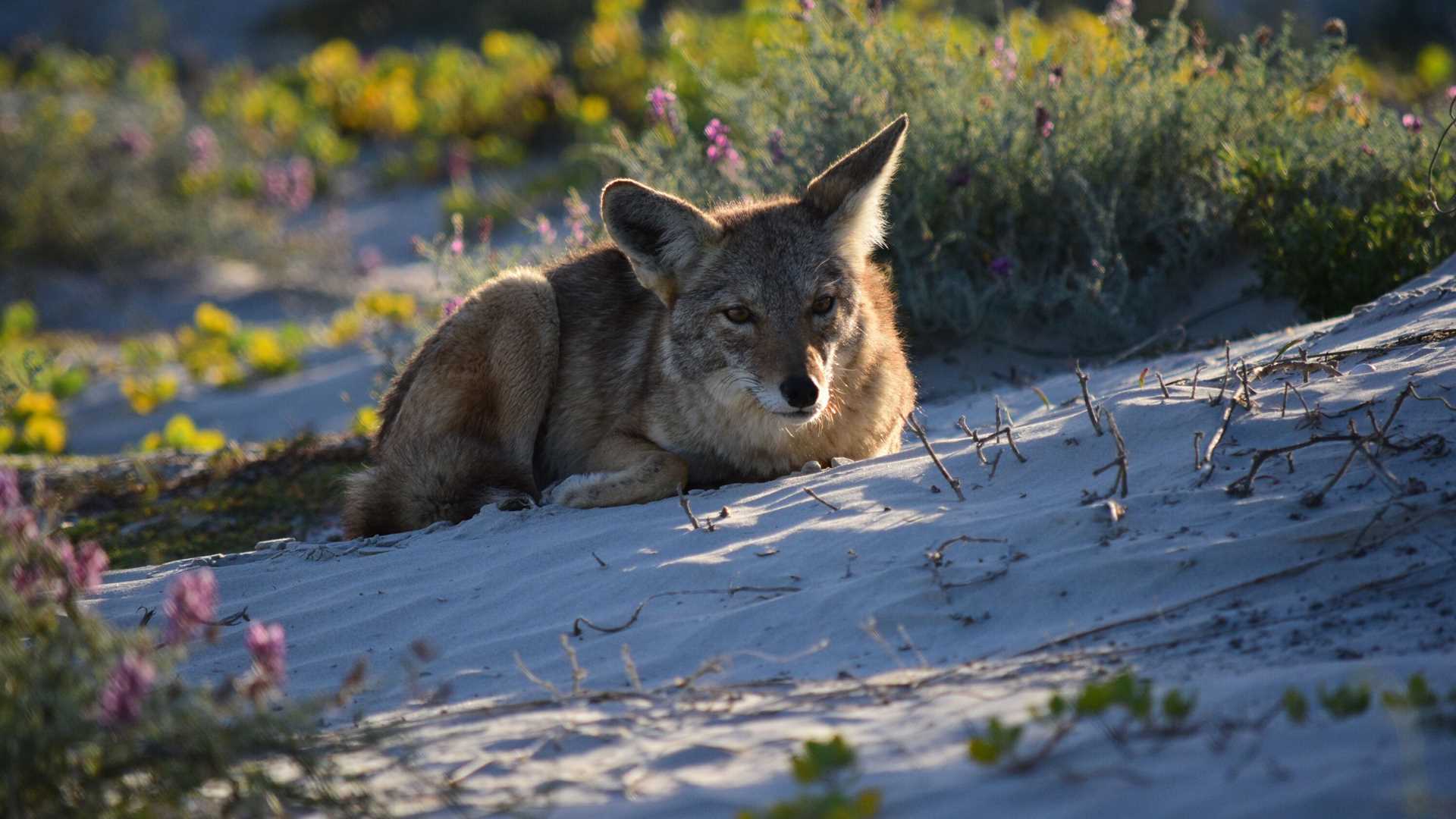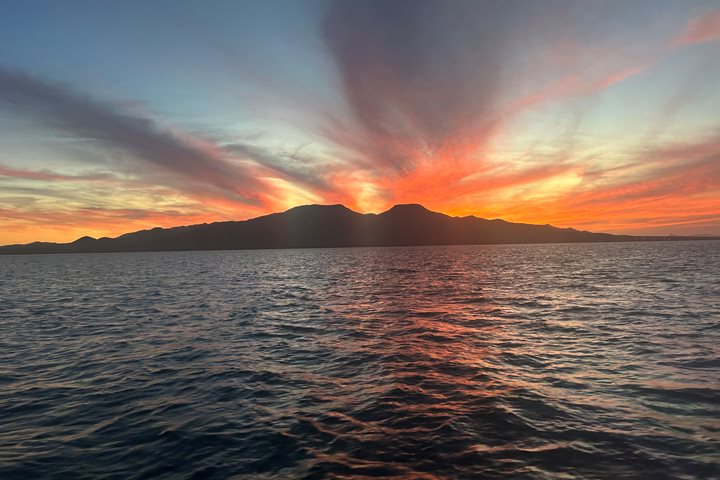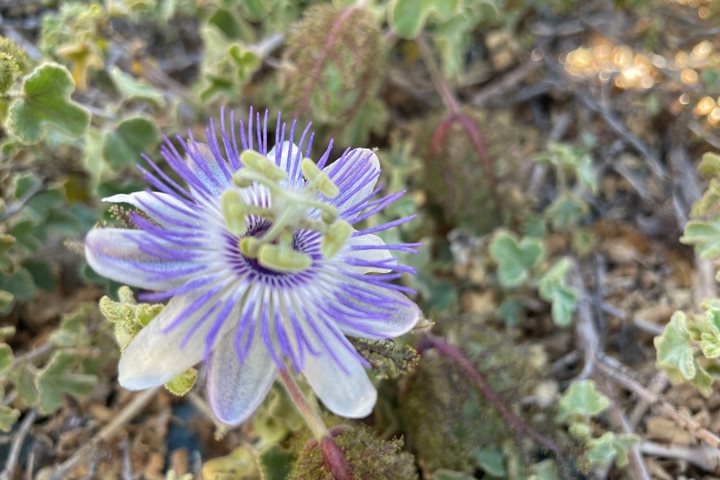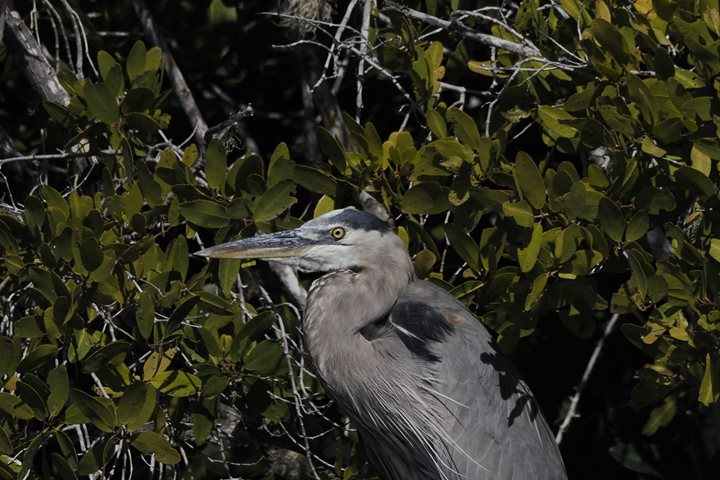This morning, we sailed into Bahia Almejas on calm seas and with high hopes of spotting gray whales. On the way, we took a good look at the frigatebirds, cormorants, pelicans, and sandpipers that rested on the sandbank. After nearly three hours of fabulous whale encounters that included many, many spyhops, we returned to the ship for lunch and a whale presentation.
The afternoon was spent hiking on Isla Magdalena. We looked for plants and wildlife and enjoyed a refreshing dip in the ocean.









